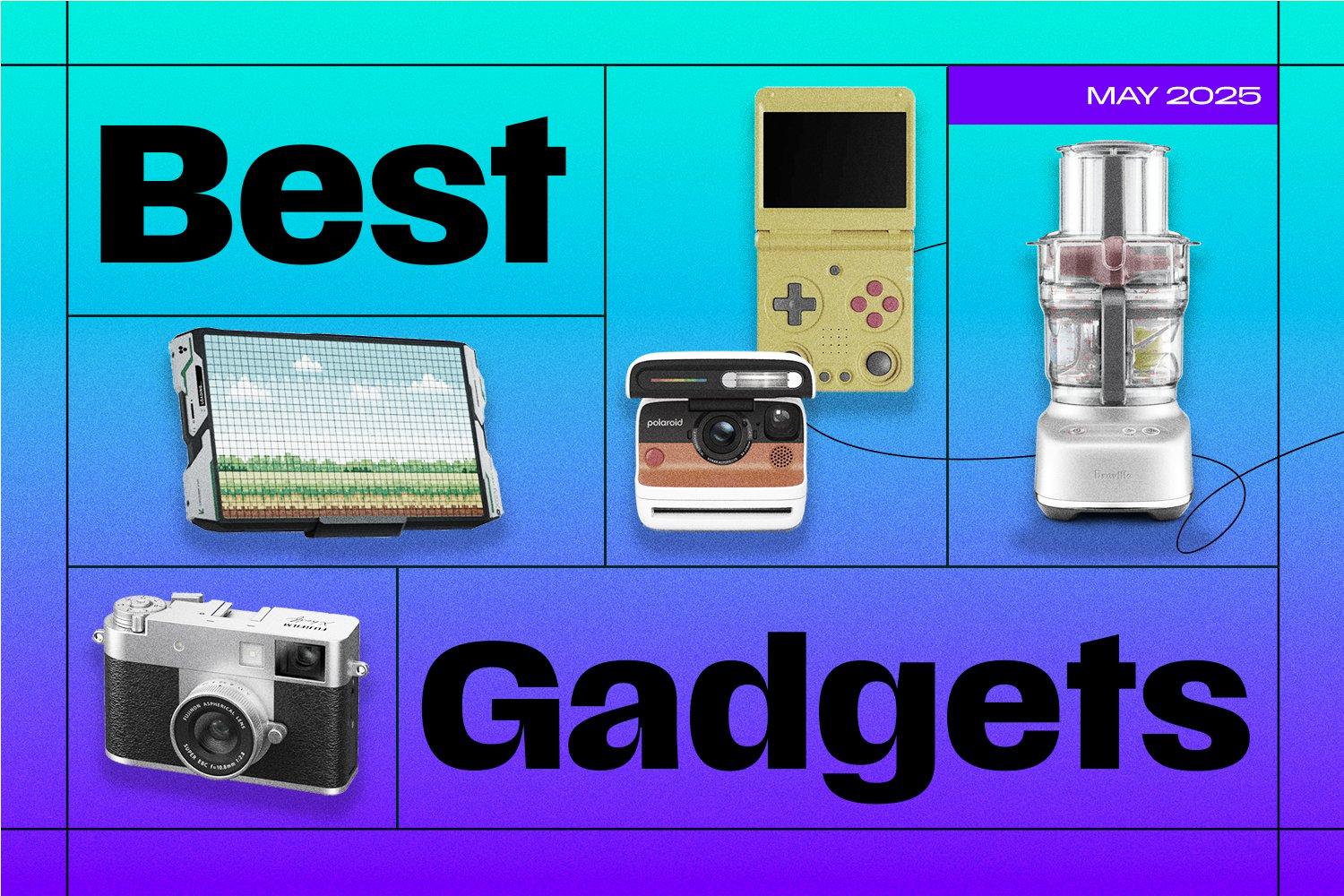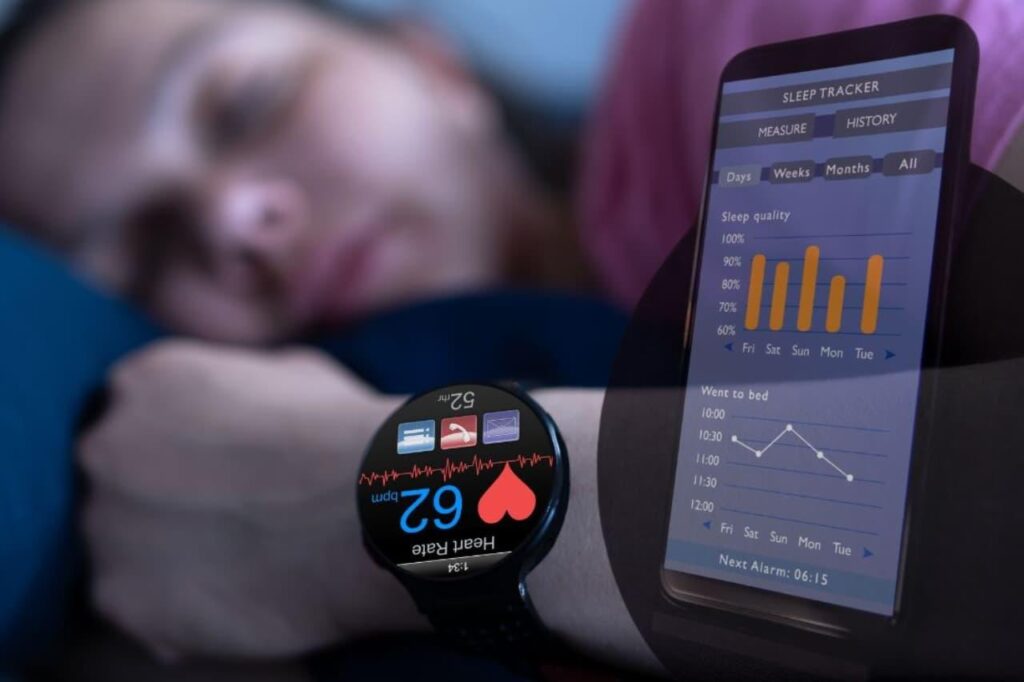As the pace of modern life accelerates, the quest for a good night’s sleep has never been more urgent. Enter Sleep Tech 2025-a new wave of innovative gadgets designed not just to track your slumber, but to transform it. From smart mattresses that adjust to your body’s needs in real time, to AI-powered devices that create personalized sleep environments, technology is redefining rest. This article explores the cutting-edge tools promising to help you drift off faster, sleep deeper, and wake up refreshed, ushering in a future where better sleep is just a tap or a whisper away.
Table of Contents
- Exploring the Latest Innovations in Sleep Monitoring Devices
- How Smart Mattresses Are Transforming Restful Nights
- The Role of AI in Personalized Sleep Improvement
- Top Wearable Gadgets for Tracking and Enhancing Sleep Quality
- Integrating Sleep Tech Into Your Nighttime Routine for Maximum Benefit
- Frequently Asked Questions
- The Conclusion
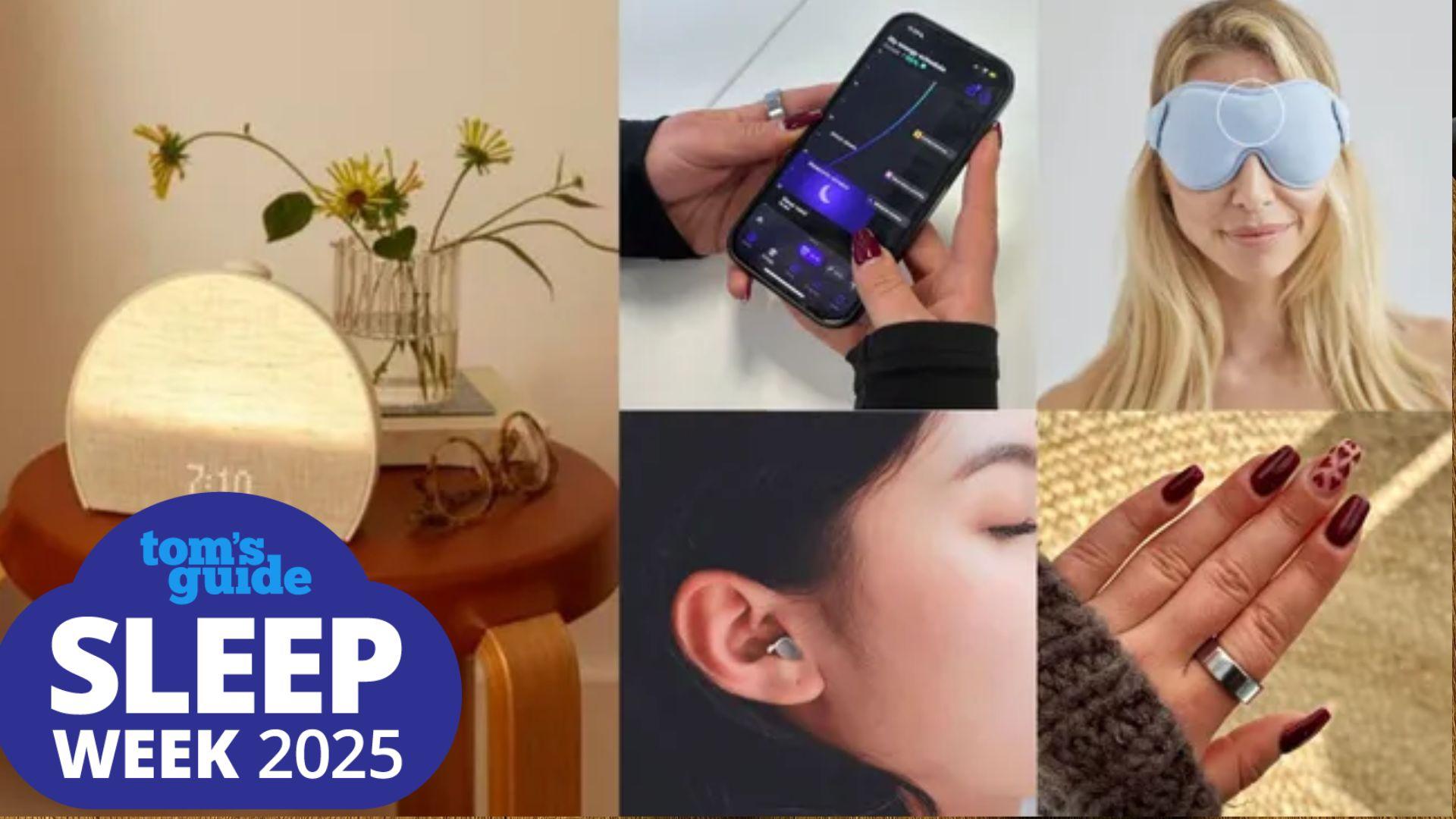
Exploring the Latest Innovations in Sleep Monitoring Devices
In the realm of sleep technology, the latest devices go far beyond simple tracking. Advanced sensors now measure not only your sleep stages but also environmental factors like room temperature, humidity, and even air quality to create a holistic picture of what influences your rest. These innovations allow users to receive personalized recommendations that adapt over time, promoting healthier sleep habits that align with their unique rhythms.
Wearable tech has evolved from bulky wristbands to sleek, unobtrusive options such as smart rings and skin patches. These gadgets use photoplethysmography (PPG) and electrodermal activity sensors to monitor heart rate variability, stress levels, and even detect early signs of sleep disorders. Meanwhile, non-wearable devices integrated into mattresses or placed bedside employ radar and sonar technology to track movement and breathing without disturbing sleep.
- AI-Powered Sleep Coaching: Real-time feedback and actionable insights tailored to your lifestyle.
- Multi-Sensor Integration: Combining physiological, environmental, and behavioral data for comprehensive analysis.
- Smart Home Sync: Devices that adjust lighting, temperature, and soundscapes automatically to optimize your sleep environment.
| Device Type | Key Feature | Unique Benefit |
|---|---|---|
| Smart Ring | Heart Rate & SpO2 Tracking | Comfortable 24/7 monitoring |
| Radar Sleep Sensor | Movement & Breathing Analysis | Non-contact, sleep disruption-free |
| AI Sleep Coach App | Personalized Sleep Plans | Data-driven lifestyle tweaks |
How Smart Mattresses Are Transforming Restful Nights
Imagine a mattress that not only cushions your body but also understands it-adapting its firmness, temperature, and even position throughout the night to optimize your sleep cycle. This is no longer the realm of science fiction. Today’s smart mattresses come equipped with advanced sensors and AI-driven algorithms that monitor your breathing, heart rate, and movement to create a customized sleep environment tailored just for you.
What sets these innovative beds apart is their ability to actively respond to your needs rather than passively providing comfort. For example, if you toss and turn due to overheating, the mattress cools down specific zones to restore comfort. If your sleep patterns suggest restlessness, it may gently adjust its firmness or even raise the head section for better spinal alignment. Such dynamic adjustments help reduce sleep disturbances and promote deeper, more restorative rest.
- Temperature regulation: Integrated climate control for personalized cooling or warming.
- Sleep analytics: Detailed insights via companion apps to track and improve sleep habits.
- Smart alarms: Wake you gently during light sleep phases to avoid grogginess.
- Health monitoring: Detect irregularities like sleep apnea or heart rate anomalies.
| Feature | Benefit | Impact on Sleep |
|---|---|---|
| AI Sleep Coaching | Personalized recommendations | Improved sleep quality over time |
| Zone-specific Firmness | Targeted pressure relief | Reduced aches and pains |
| Humidity Control | Balanced moisture levels | Comfortable breathing environment |
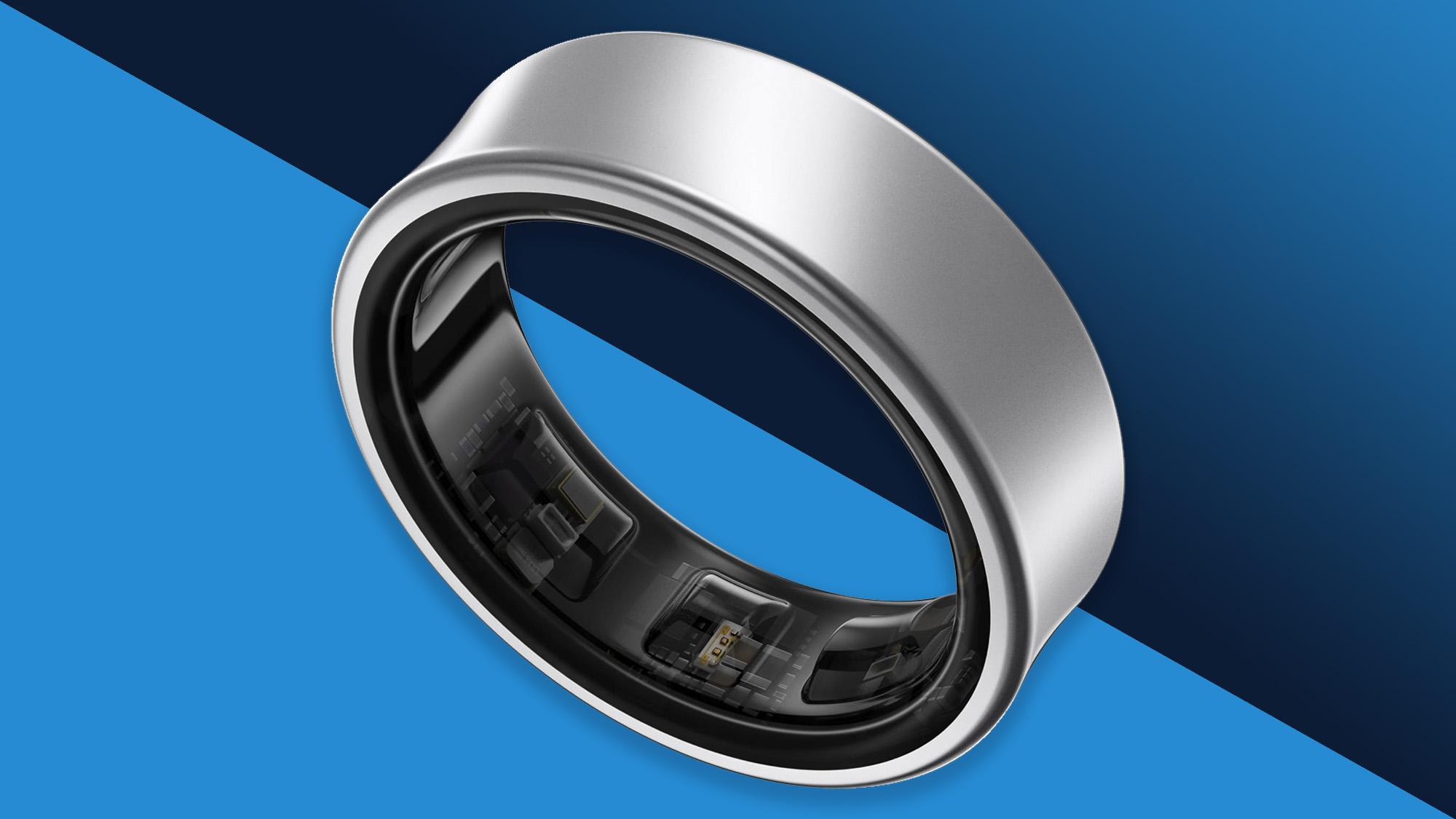
The Role of AI in Personalized Sleep Improvement
Artificial Intelligence has revolutionized how we approach sleep health, transforming once generic recommendations into highly tailored strategies. By analyzing an individual’s sleep patterns, environmental factors, and even daily habits, AI-powered devices now create personalized insights that help users optimize their rest with unprecedented precision. This adaptive technology learns continuously, adjusting suggestions as your sleep evolves over time.
Smart algorithms can detect subtle disturbances such as irregular breathing, movement, or inconsistent sleep cycles. They then integrate this data to recommend specific actions-whether it’s adjusting room temperature, suggesting optimal bedtime windows, or even curating soundscapes that align perfectly with your unique brainwave activity. Unlike traditional sleep trackers, these AI solutions act as proactive partners, guiding you through a dynamic improvement journey.
Key benefits of AI-driven sleep personalization include:
- Real-time adjustments based on nightly feedback
- Customized sleep coaching tailored to your lifestyle
- Integration with other health metrics like stress and activity levels
- Forecasting potential sleep issues before they become chronic
| AI Feature | Functionality | Impact on Sleep |
|---|---|---|
| Sleep Stage Detection | Analyzes REM, deep, and light sleep cycles | Optimizes timing for alarms and interventions |
| Environmental Adaptation | Monitors temperature, light, and noise | Creates optimal sleeping conditions automatically |
| Behavioral Insights | Tracks habits influencing sleep quality | Personalized recommendations for lifestyle changes |
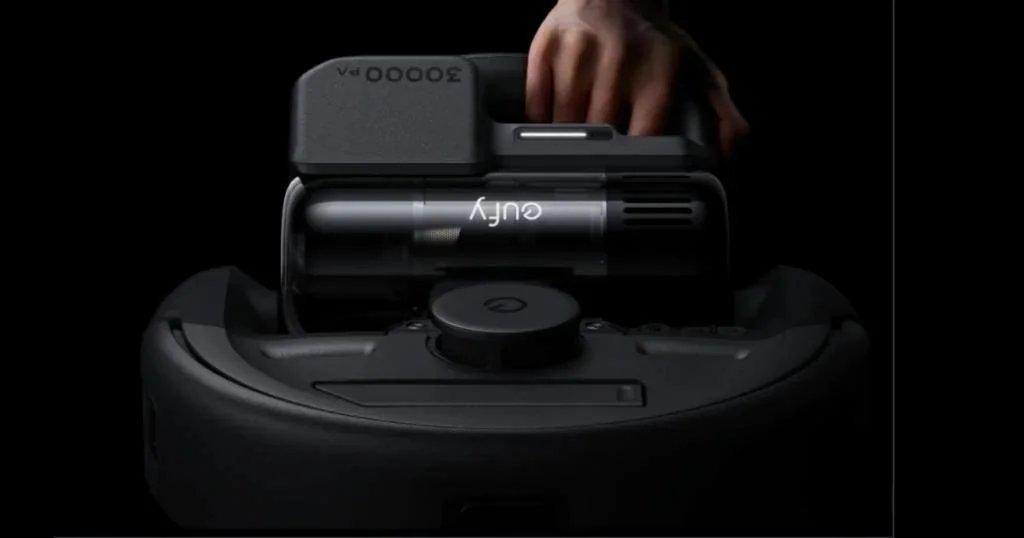
Top Wearable Gadgets for Tracking and Enhancing Sleep Quality
Modern sleep trackers have evolved far beyond simple step counters. These wearable devices tap into advanced sensors and AI algorithms to provide a holistic view of your nightly rest. From monitoring heart rate variability to detecting subtle body movements, they pinpoint disturbances and phases of sleep with remarkable precision. This allows users to tailor their sleep environment and habits for optimal recovery.
Leading the pack are smart rings, wristbands, and headbands, each designed to suit different comfort preferences and tracking needs. Smart rings, like the Oura Ring, boast a discreet form factor that captures temperature fluctuations, respiratory rate, and subtle pulse patterns. Wristbands, such as the Fitbit Luxe, integrate seamlessly into daily wear while delivering real-time sleep stage analysis and personalized insights. For those seeking in-depth brainwave activity, headbands like Dreem provide neurofeedback to enhance deep sleep cycles.
- Sleep Stage Detection: Accurately distinguishes between REM, light, and deep sleep phases.
- Environmental Monitoring: Tracks ambient noise, temperature, and light to recommend adjustments.
- Smart Alarm: Wakes you gently during the optimal sleep phase, reducing grogginess.
- Sleep Coaching: Offers tailored suggestions based on data trends to improve rest quality.
| Device | Key Feature | Battery Life | Price Range |
|---|---|---|---|
| Oura Ring Gen 3 | Temperature & Heart Rate | 7 days | $$$ |
| Fitbit Luxe | Sleep Stages & Smart Alarm | 5 days | $$ |
| Dreem 3 Headband | Brainwave Monitoring | 10 hours | $$$$ |

Integrating Sleep Tech Into Your Nighttime Routine for Maximum Benefit
To truly harness the power of modern sleep technology, it’s essential to weave these devices seamlessly into your existing nighttime habits. Start by choosing gadgets that complement your natural rhythm rather than disrupt it. For instance, a smart sleep mask that gradually dims light can replace harsh bedside lamps, gently signaling your body to wind down.
Consistency is key. Integrate your sleep tech with a fixed bedtime routine-whether it’s a pre-sleep meditation guided by an app or a white noise machine that creates a soothing soundscape. Over time, these tech-assisted rituals will condition your brain to associate these cues with relaxation and restfulness.
- Set realistic goals: Use sleep trackers to monitor trends rather than obsess over nightly data.
- Optimize your environment: Adjust smart thermostats and lighting to create the ideal sleep climate.
- Limit screen time: Activate blue light filters on devices at least an hour before bed.
- Customize alerts: Configure gentle wake-up alarms that sync with your sleep cycles.
| Device | Best Use | Integration Tip |
|---|---|---|
| Smart Sleep Mask | Light Control | Use with meditation apps for calming pre-sleep sessions |
| Sleep Tracker | Sleep Quality Monitoring | Review weekly trends, not nightly fluctuations |
| White Noise Machine | Sound Environment | Pair with bedtime rituals to enhance relaxation |
| Smart Thermostat | Temperature Regulation | Set schedules to cool room 30 minutes before sleep |
Frequently Asked Questions
Q&A: Sleep Tech 2025 – Gadgets That Help You Rest Better
Q1: What is “Sleep Tech 2025” all about?
A1: Sleep Tech 2025 refers to the latest wave of innovative gadgets and technologies designed to improve sleep quality. These devices blend cutting-edge science with user-friendly design to help people fall asleep faster, stay asleep longer, and wake up feeling refreshed.
Q2: What kinds of gadgets are leading the charge in sleep technology?
A2: The front runners include smart mattresses that adjust firmness and temperature in real time, wearable sleep trackers that monitor brain waves and heart rate, and ambient devices that use sound, light, and scent to create the perfect sleep environment.
Q3: How do smart mattresses enhance sleep?
A3: Smart mattresses use sensors to detect your movements and body temperature, adjusting support and cooling or warming zones accordingly. This dynamic comfort reduces tossing and turning, promotes deeper sleep cycles, and helps alleviate common issues like back pain.
Q4: Are wearable sleep trackers reliable?
A4: Modern wearable trackers have become remarkably accurate thanks to advances in bio-sensing technology. They measure metrics like REM sleep duration, heart rate variability, and breathing patterns, providing insights that empower users to tweak their habits for better rest.
Q5: Can sleep tech gadgets help with insomnia?
A5: While not a cure, many sleep tech tools offer therapeutic benefits. For example, devices that emit calming light wavelengths can regulate circadian rhythms, and sound machines can mask disruptive noises, making it easier for insomniacs to relax and drift off.
Q6: What role does AI play in sleep technology?
A6: AI personalizes sleep improvement by analyzing patterns in your data and suggesting tailored routines or environmental adjustments. Some apps even simulate guided meditations or breathing exercises timed to your unique sleep cycle needs.
Q7: Are there any concerns about privacy with sleep tech devices?
A7: Since many gadgets collect sensitive health data, privacy is a valid concern. Reputable manufacturers now prioritize encryption and transparent data policies, but users should still review terms carefully and choose devices from trusted brands.
Q8: How affordable is sleep technology in 2025?
A8: The cost spectrum is broad, from budget-friendly apps and sound machines under $50 to high-end smart beds costing several thousand dollars. However, increasing competition and innovation are gradually making effective sleep tech more accessible to everyday consumers.
Q9: What’s next for sleep technology beyond 2025?
A9: Future developments may include non-invasive neural interfaces that directly stimulate restful brain states, or integrated home systems that adapt lighting, temperature, and sound in seamless harmony with your sleep cycle. The dream is total sleep optimization, tailored precisely to each individual.
Q10: How can someone new to sleep tech get started?
A10: Begin with simple tools like a white noise machine or a sleep tracking app. Pay attention to the feedback and gradually experiment with upgrades like smart pillows or temperature-regulating blankets. The key is to combine technology with good sleep habits for lasting benefits.
The Conclusion
As we stand on the cusp of a new era in rest and relaxation, Sleep Tech 2025 invites us to reimagine what a good night’s sleep can truly be. These innovative gadgets blend science and comfort, transforming our bedrooms into personalized sanctuaries of rejuvenation. Whether you’re a restless dreamer or a sound sleeper seeking to enhance your routine, the future of sleep technology promises solutions tailored to your unique rhythms. In the quest for better rest, technology isn’t just keeping pace-it’s leading the way, one peaceful night at a time.